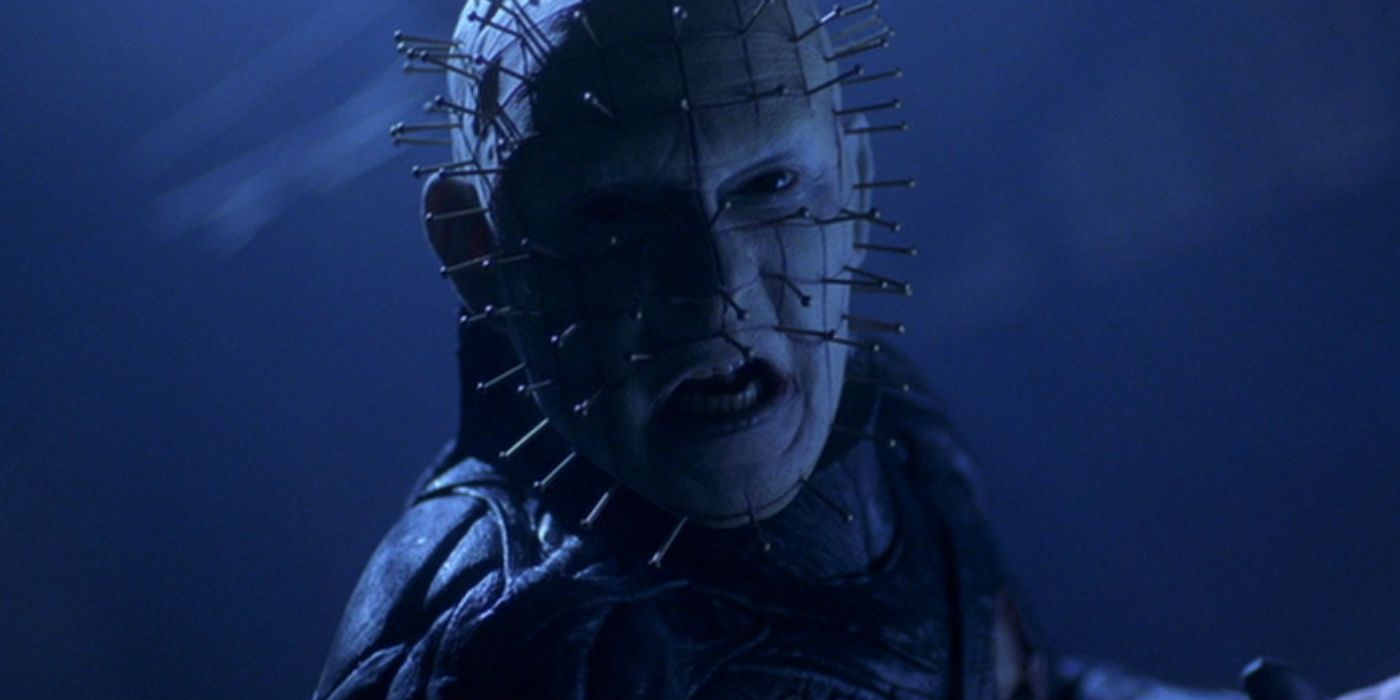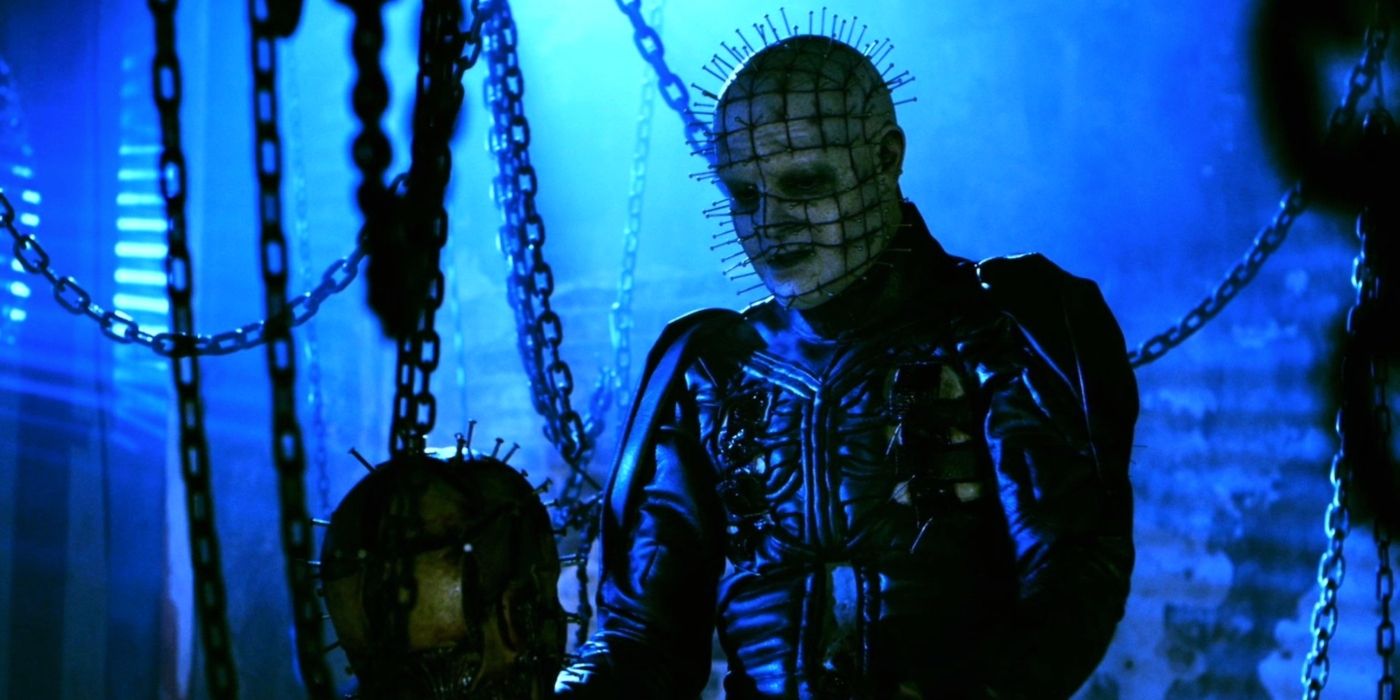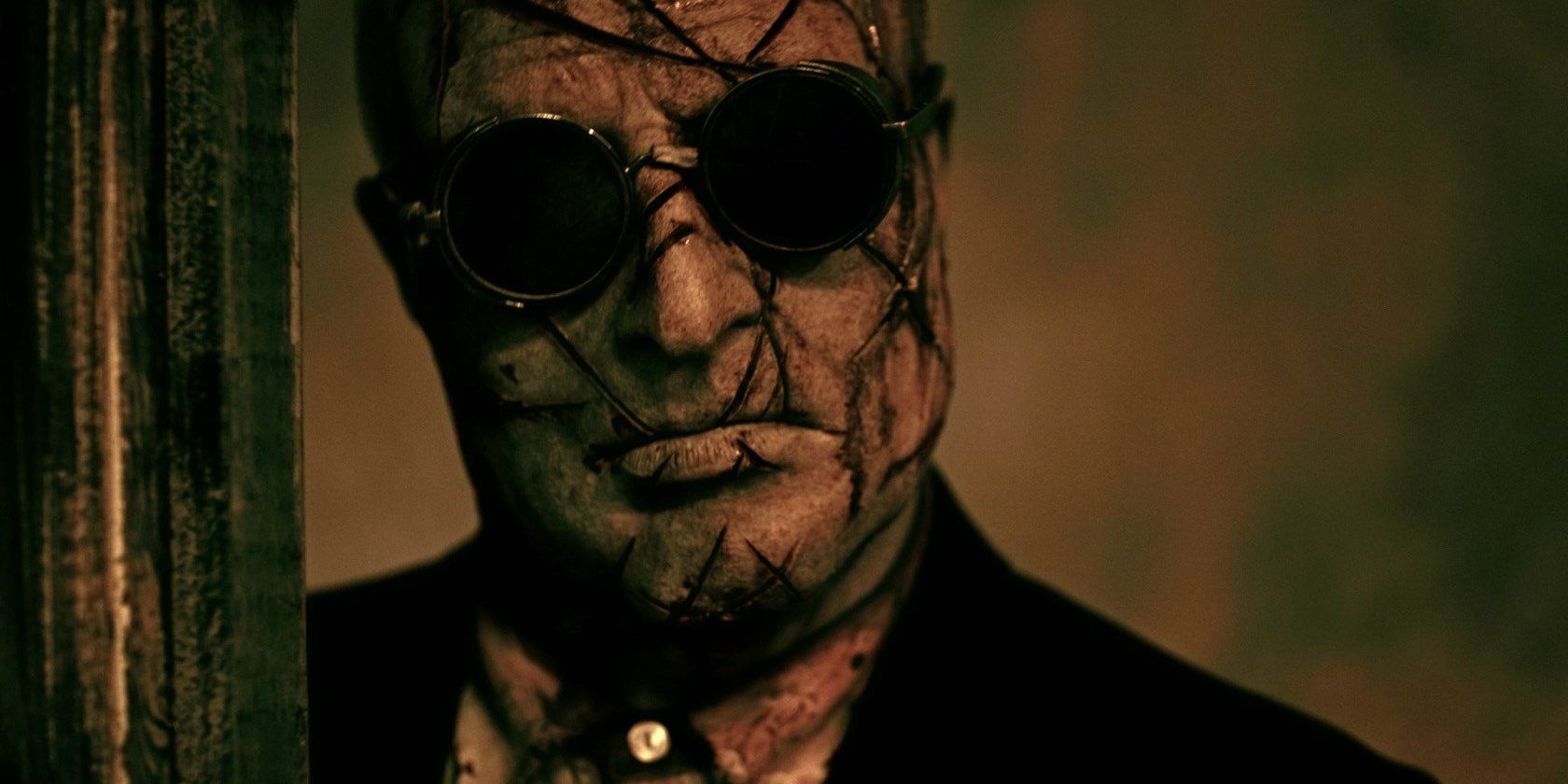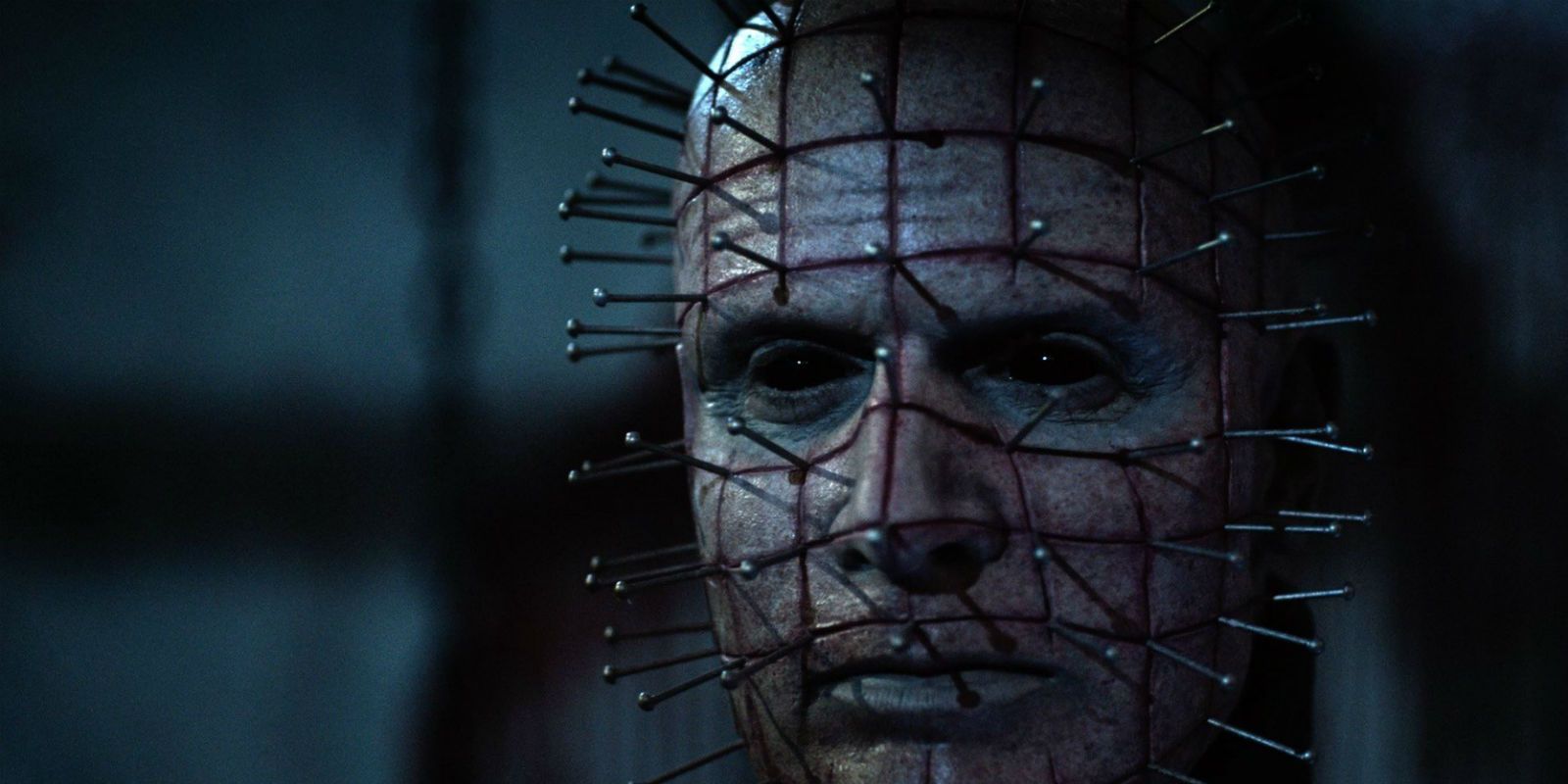The sequels to Clive Barker's classic Hellraiser kept getting worse and worse as the years went on, and here's why Dimension kept making them. The original Hellraiser film is considered by many to be a masterpiece, and while Hellraiser often gets lumped in with the slasher sub-genre, the first two films really aren't. Hellraiser is just as much the tale of a marriage falling apart as it is of flesh-ripping demons, and Hellbound: Hellraiser 2 is a high-concept journey into Hell itself that provides some absolutely nightmarish imagery.
Where things started falling into the slasher realm is 1992's Hellraiser 3: Hell on Earth. While a decent enough sequel with a sizable fanbase, Hellraiser 3 marked the turning point where Pinhead (Doug Bradley) went from majestic priest of Hell to Freddy-style quipster. 1996's Hellraiser: Bloodline was infamously so meddled with by Dimension Films executives that director Kevin Yagher demanded his name be removed from the credits and replaced with the dreaded Alan Smithee pseudonym.
Hellraiser's quality level saw an uptick with 2000's Hellraiser: Inferno, the first entry to go to straight to video. Thankfully, it was fortunate enough to be the film debut of Scott Derrickson, eventual director of Sinister and Doctor Strange. After Inferno though, that's where Hellraiser's sequels truly started to become exercises in torture bad enough to make Pinhead nod in approval.
Hellraiser Sequels' Budgets Just Kept Getting Lower & Lower
Despite Inferno's acclaim and relative success, Dimension Films saw fit to cheap out on further Hellraiser sequels as much as possible. 2002's Hellraiser: Hellseeker was shot in Canada and has terribly unconvincing CGI special effects. 2005's Hellraiser: Deader and Hellraiser: Hellworld were filmed back-to-back in Romania, despite that not being the planned setting, solely to cut costs. This led to communication troubles between the American cast and crew and their Romanian counterparts. 2011's Hellraiser: Revelations went even lower budget, taking place almost entirely in a nondescript house and going the found footage route for part of the film, losing Bradley as Pinhead along the way. The most recent entry, Hellraiser: Judgment, sports perhaps the least convincing police station in history, what looks to be a single darkened room on a soundstage or perhaps in a warehouse.
Hellraiser 5-10 Weren't Written to be Hellraiser Films
As another example of how little Dimension Films - headed by the currently disgraced Weinstein brothers - cared about the Hellraiser franchise, it's well-known that every single direct to video Hellraiser movie wasn't even written to be part of the franchise. Instead, Dimension just grabbed a horror script they had laying around, and had it retooled to become a Hellraiser entry. Most of the time these connections were tenuous at best, and felt just as tacked on as one would expect. In a small bright spot, Hellseeker saw the (brief) return of Hellraiser 1 and 2's Kirsty (Ashley Laurence) to the series.
Hellraiser 9 and 10 Were Only Made to Keep the Rights
To add insult to injury, the last two Dimension-produced Hellraiser films, not coincidentally the only ones to date not to feature Doug Bradley's Pinhead, were made in a matter of days solely to prevent the Hellraiser movie rights from reverting to creator Clive Barker. When a movie exists entirely for legal reasons, it's no wonder the final product sucks. Thankfully, the various Weinstein scandals resulting from the #MeToo era ended up freeing Hellraiser from their grasp anyway, with Spyglass Entertainment now developing a theatrical reboot. Hopefully that project won't end up making Jesus weep.




